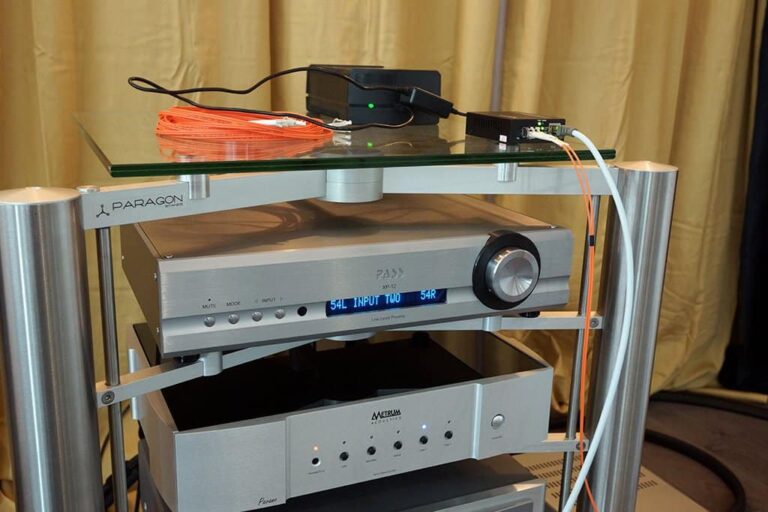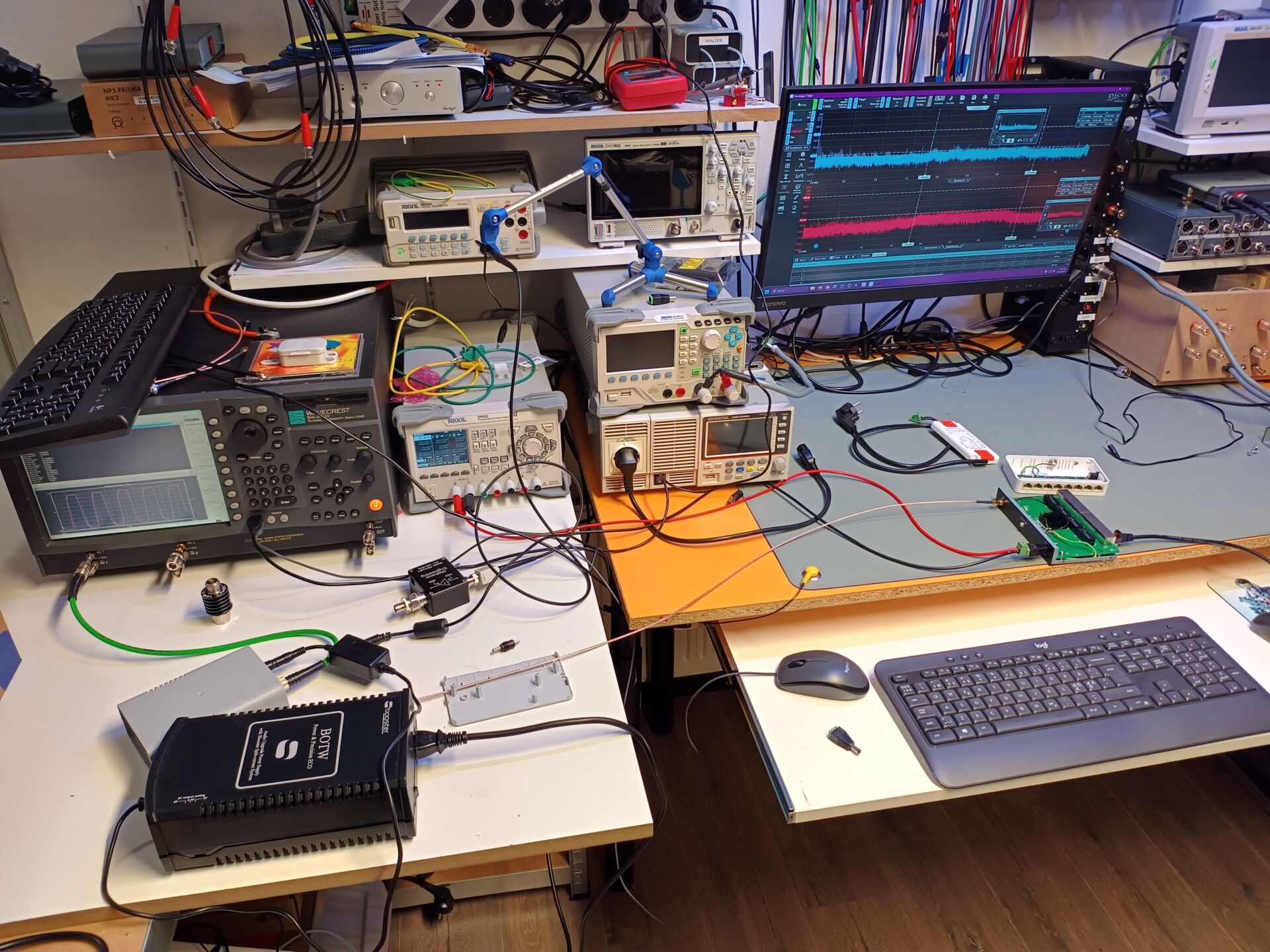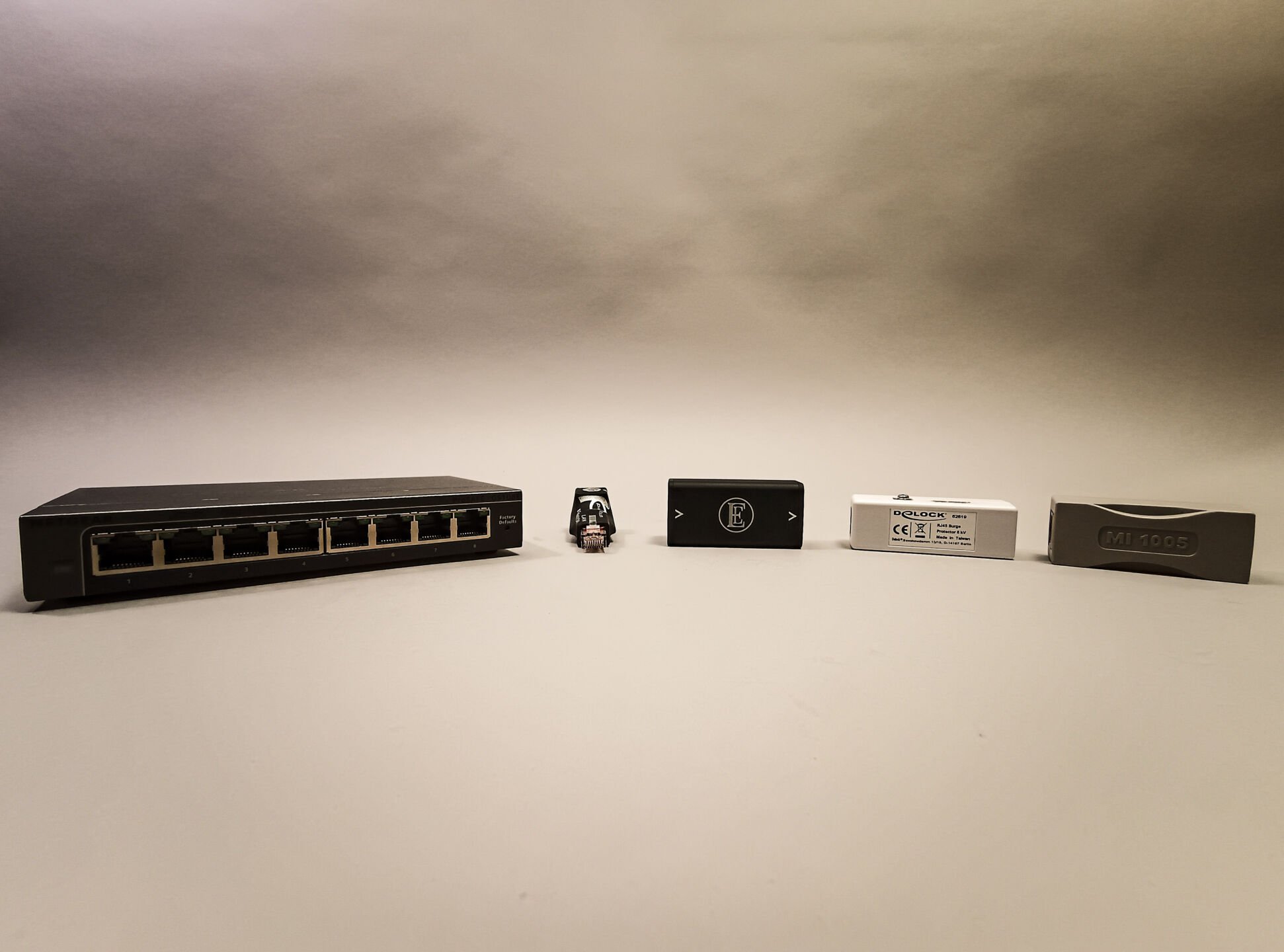

Wire or wireless?
Contents
Wifi… we love it, we hate it… Wifi is fantastic; if it works. Now fortunately, it can work just fine as long as you have the right stuff and arrange it properly. However, we always advise against connecting the streamer via wifi. The chance of bandwidth problems and instability is quite high. Are there any exceptions? Sure. You can go for an expensive enterprise solution. But you can also just use a cable. Much easier to manage and a lot cheaper.
However, WiFi is almost always required to operate the streamer, as the operation of a streamer is usually via an app. And well: you usually install it on a tablet or smartphone. And they’re connected to wifi. In short: stable, fast wifi is always pleasant… and necessary. How are we gonna do that?
Hardware
Fast, reliable wifi starts with good hardware. What is good hardware? That depends entirely on your situation. Do you only have one room to cover or a whole house? Does your house mainly consist of wood or all glass and reinforced concrete? In the latter case, you will need many more access points than in the first case. And that, in turn, determines what the system needs: roaming, mesh or single access points. Sorry. It’s getting a little technical.
What is the difference between a single access point, mesh or roaming? That’s quite simple: a single accesspoint works – the name says it all – on its own. Just like the ‘built-in wifi’ of a router. If you go out of range, the access point will ‘release’ your device. You will need to connect to a new one, or come within range.
A mesh system and roaming system work together. The difference between these two is that mesh works on the basis of repeating technology and a full roaming system does not. This has consequences for the bandwidth. A repeater loses 50% of its bandwidth anyway (there are exceptions, but we won’t go into that now to keep it simple). A mesh-system idem. A full roaming system does not suffer from this, but requires the paired devices – clients – to support roaming (802.11R, 802.11K, 802.11V, etc). Fortunately, this is becoming more and more common.
As mentioned before, it is important that you install the accesspoints – or accesspoint – in the right place. Be aware that wifi radiates all around. A central place – or central spots – in your home is therefore important for coverage.
Channels
Once you have chosen a particular system, it is time to install it. In many cases this is done via a wizzard. Now we are not going to explain here how to login and go through the wizzard; that is not what this article is for. The only thing we’re going to point out to you is that choosing a good wireless channel (some call it a wifi channel) is crucial for performance. You can get a little insight into what channels are free – or sort of free – with an app on your smartphone or tablet. One example is Wifi Analyzer. Or inssider on the PC or mac. If you really want to gain insight, Chanalyzer from Metageek is a good option. However, this does cost serious money.














https://www.netgear.com/nl/home/wifi/mesh/mk73s/
My compliments for the clear explanation. But do I need to purchase an additional switch, placed between the provider’s modem and the router, the satellites are connected via WiFi. You recommended using an sBooster on the RME ADI-2 FS DAC and I couldn’t believe it. That the power supply of a professional device is so poor. It’s not cheap but the results are amazing. If I understand correctly, I don’t need linear power supply for the modem or router. The satellite in the room is connected with CAT7 to the switch and connect (CAT7) to the streamer. But should I change the power supply of both (satellite and switch) to a linear power supply for better sound quality?